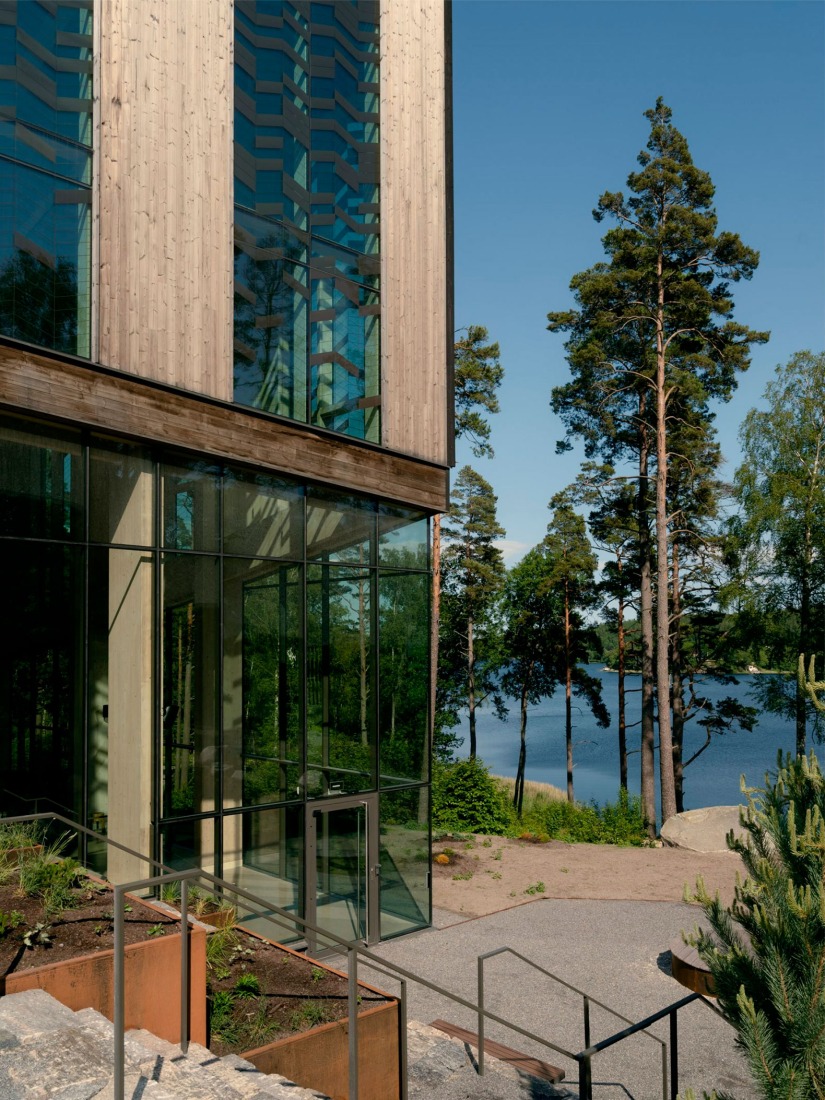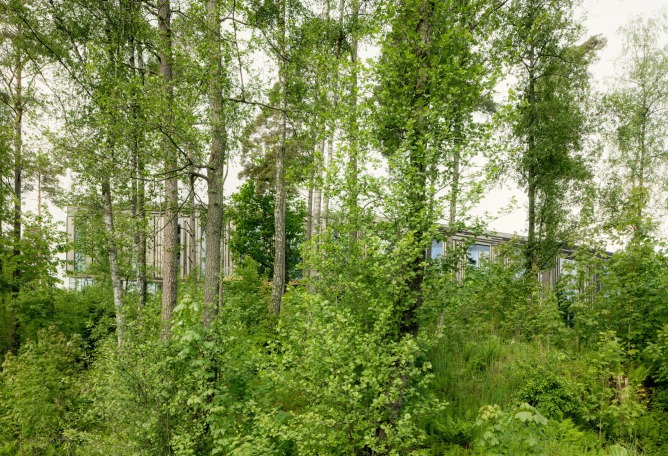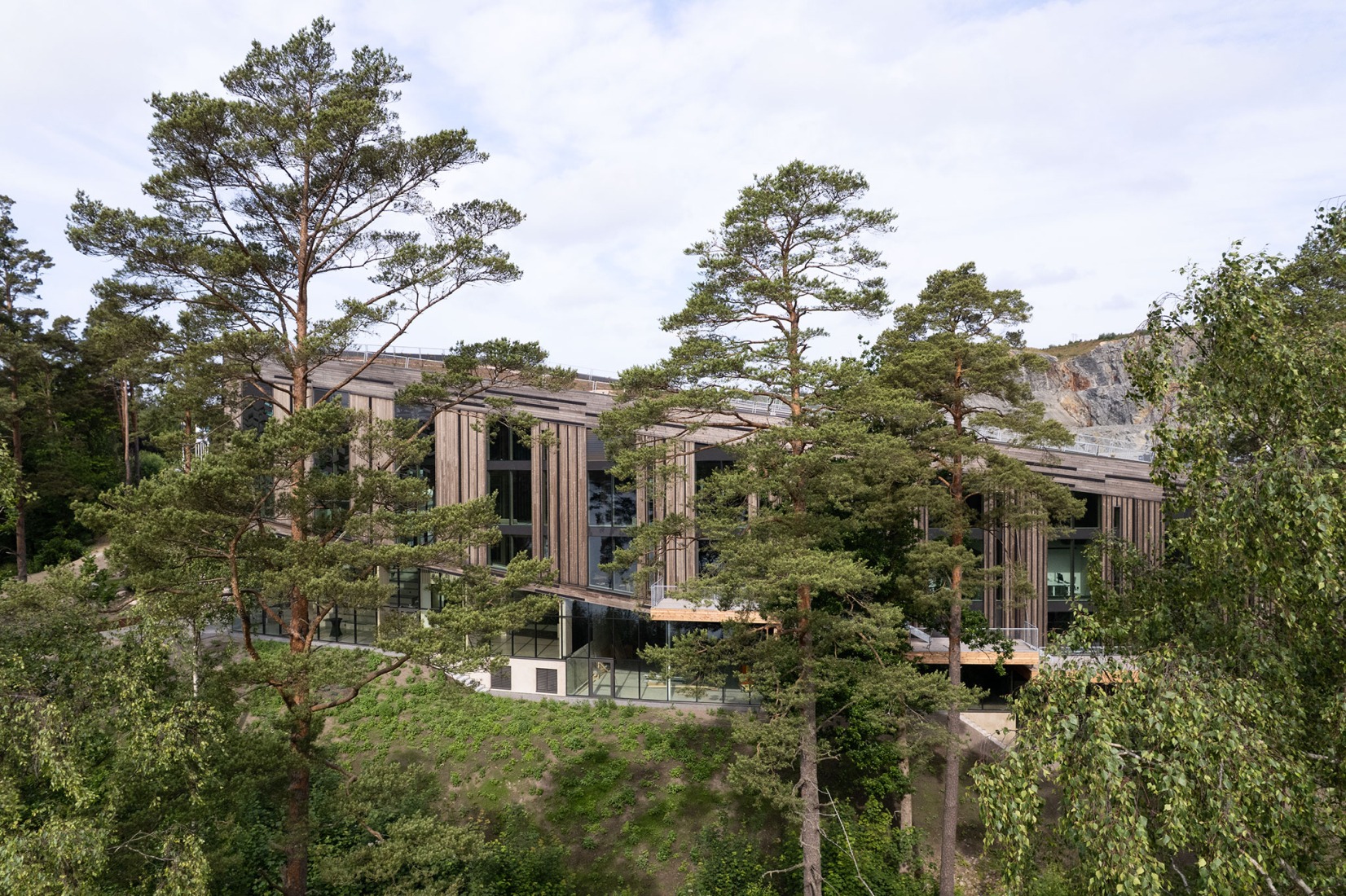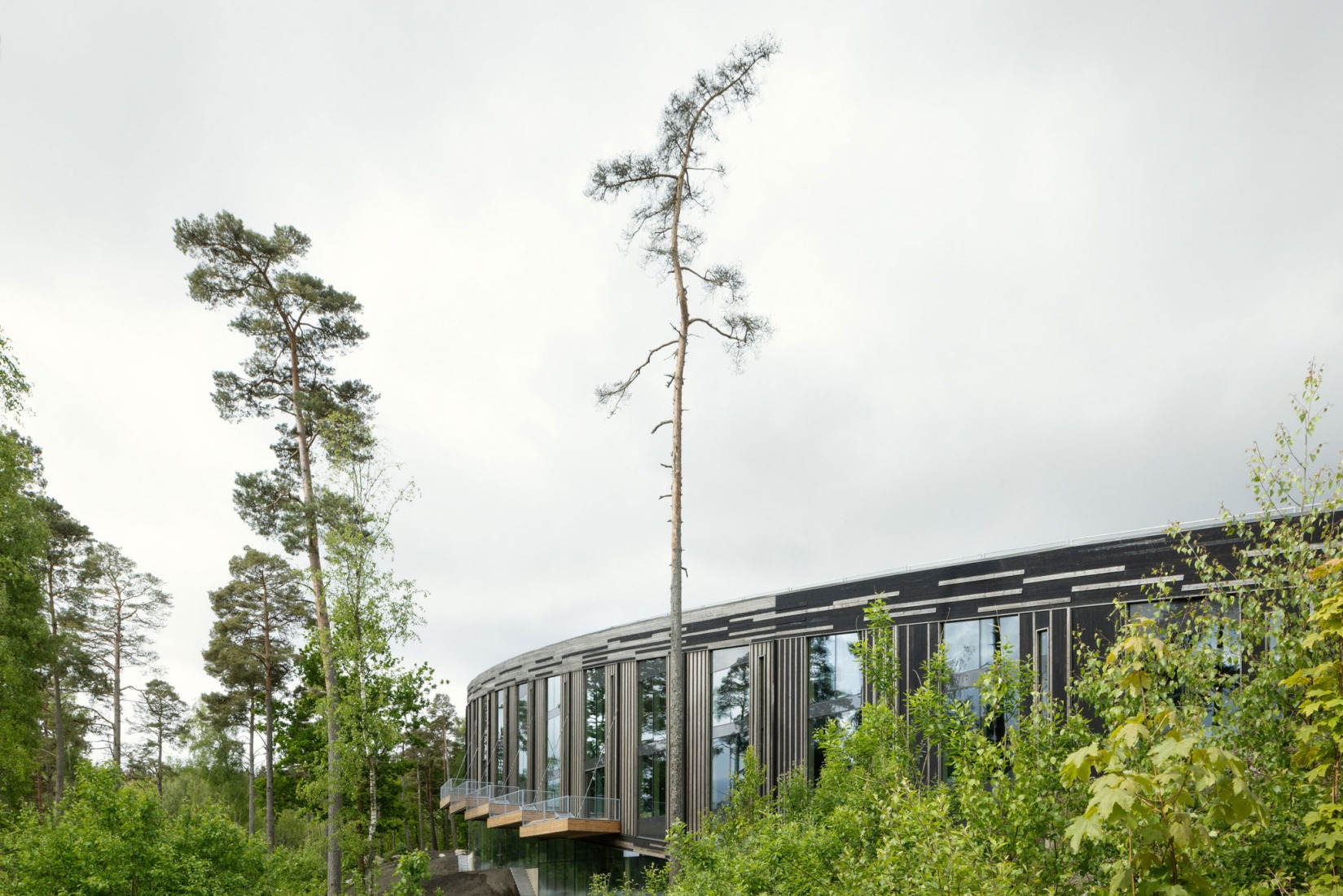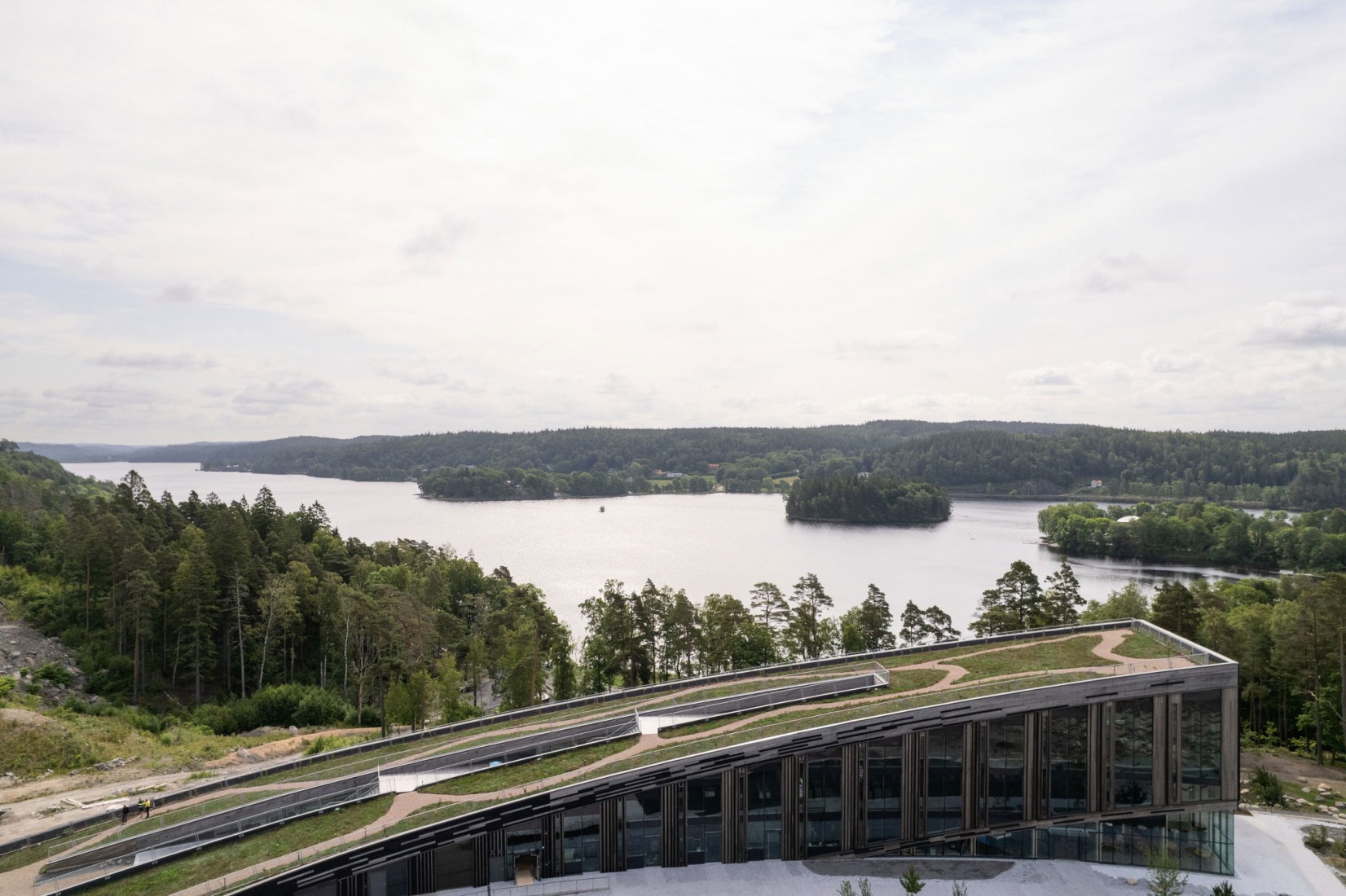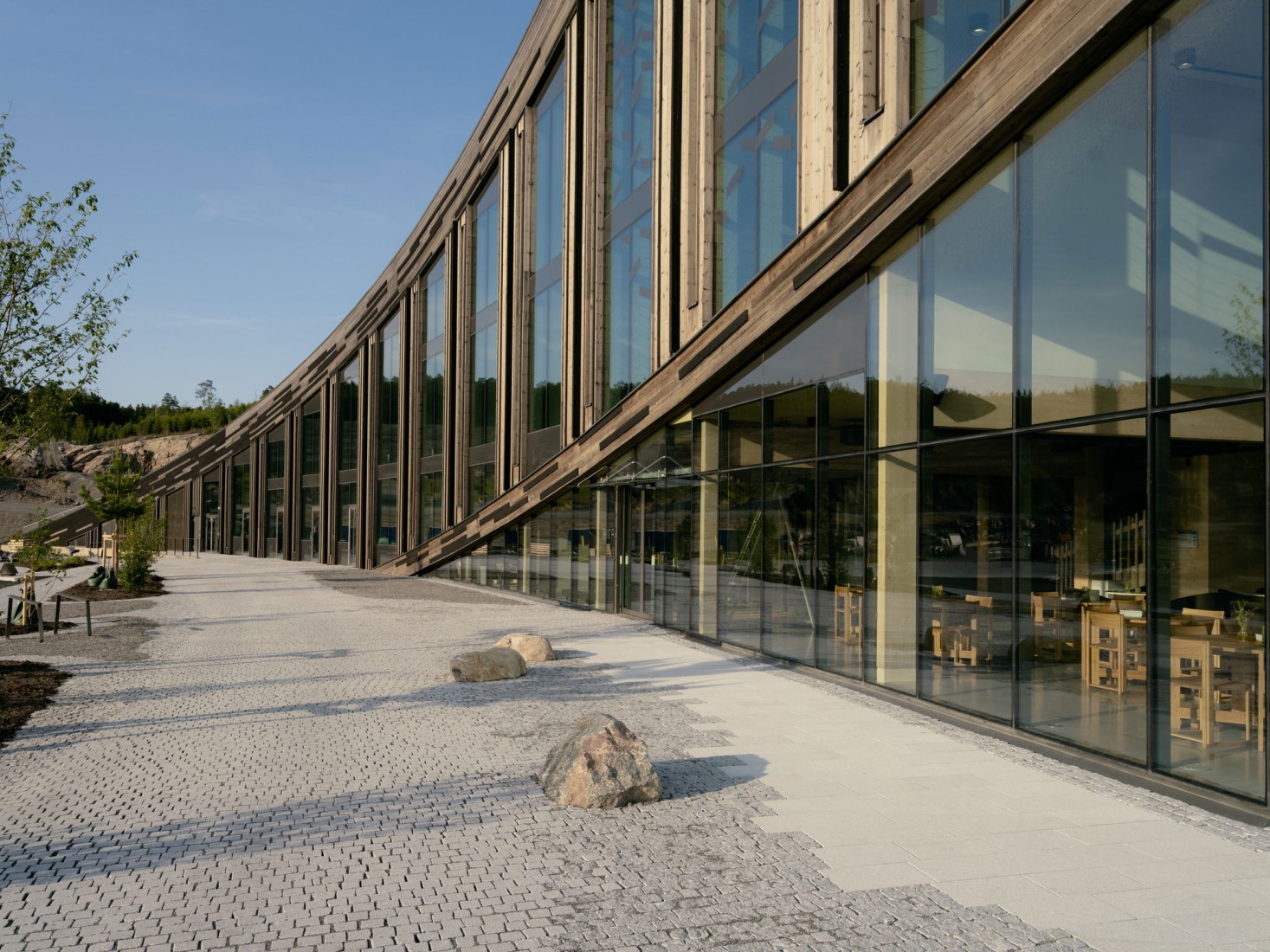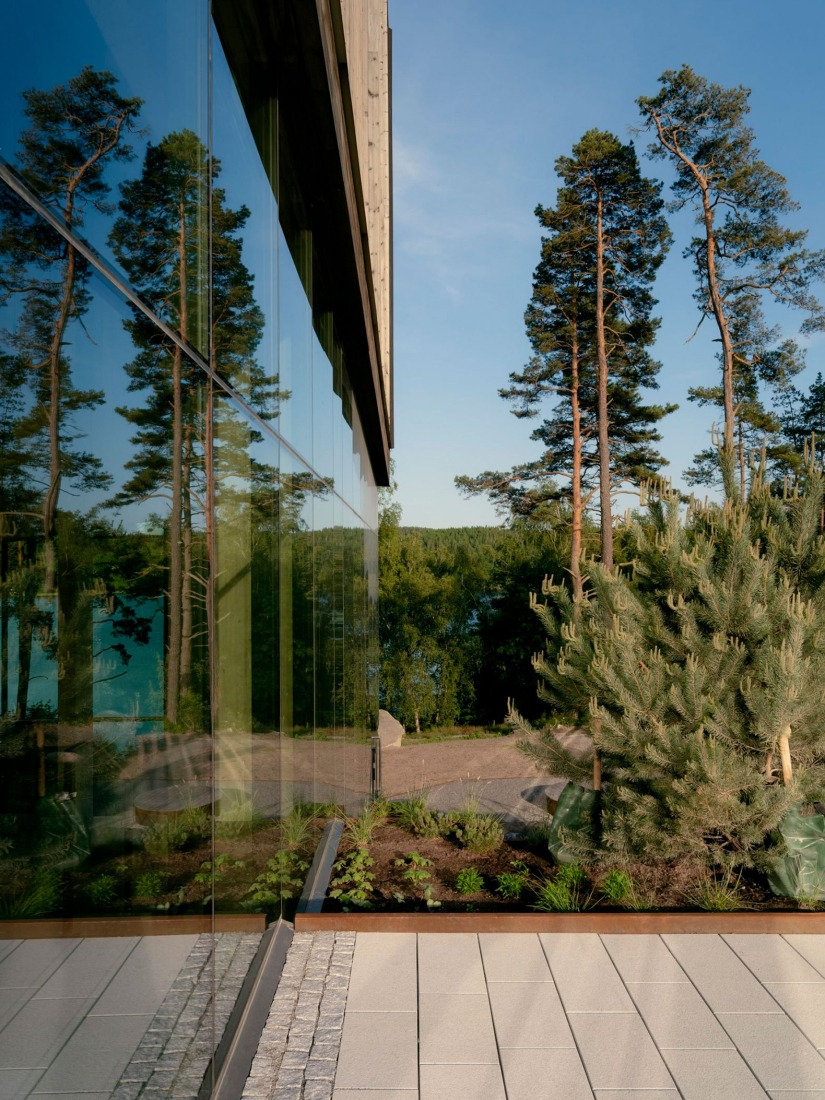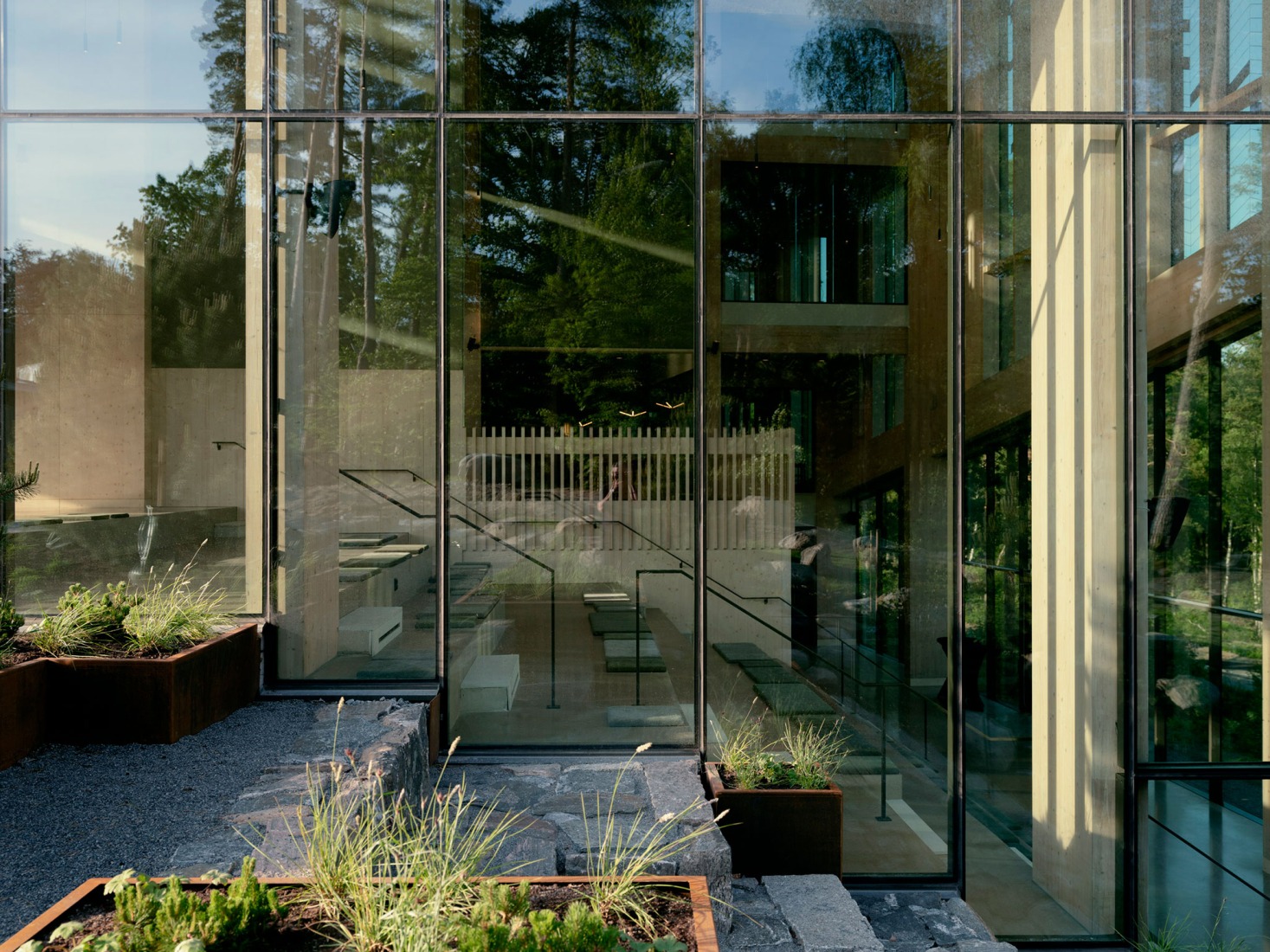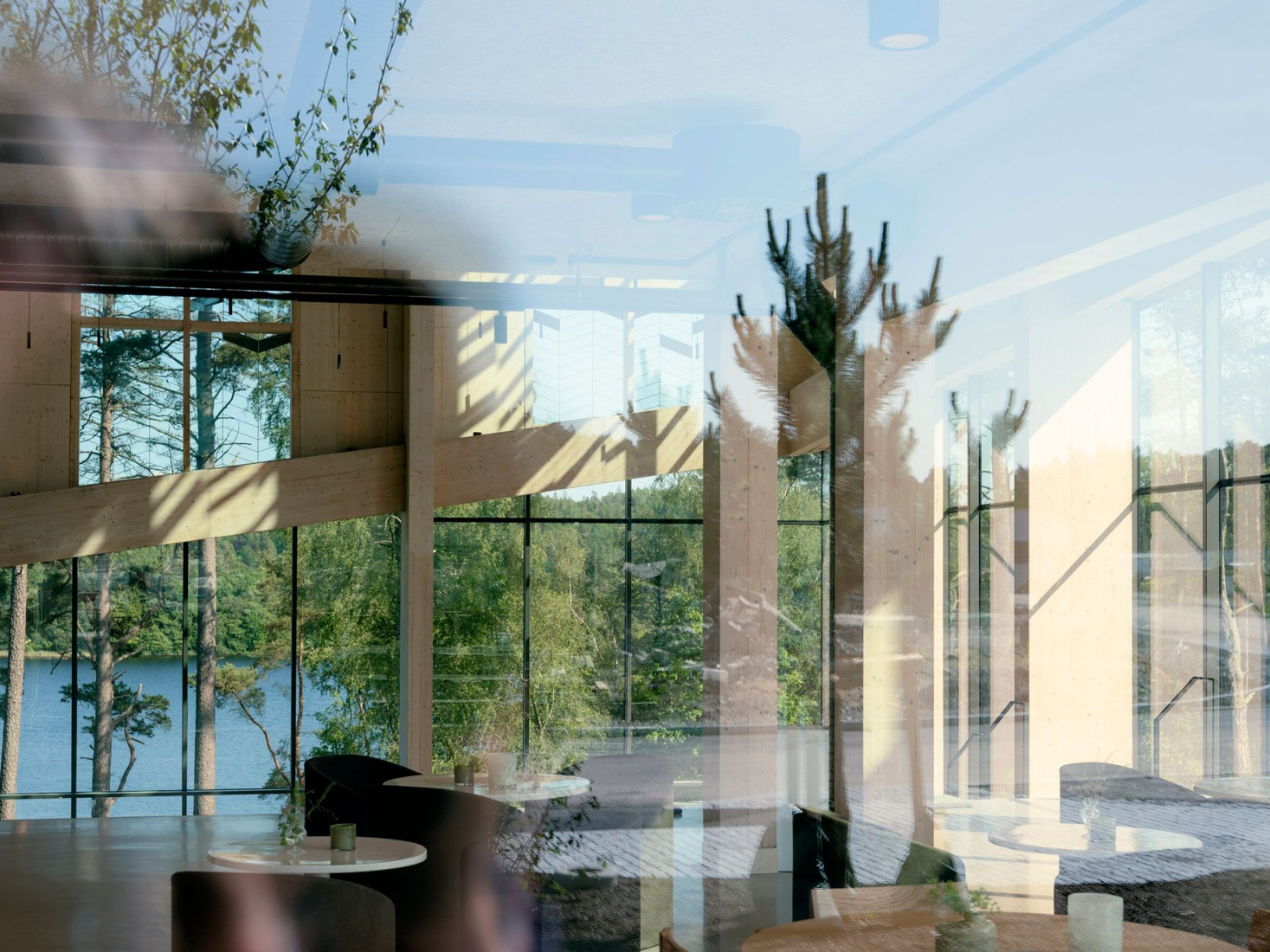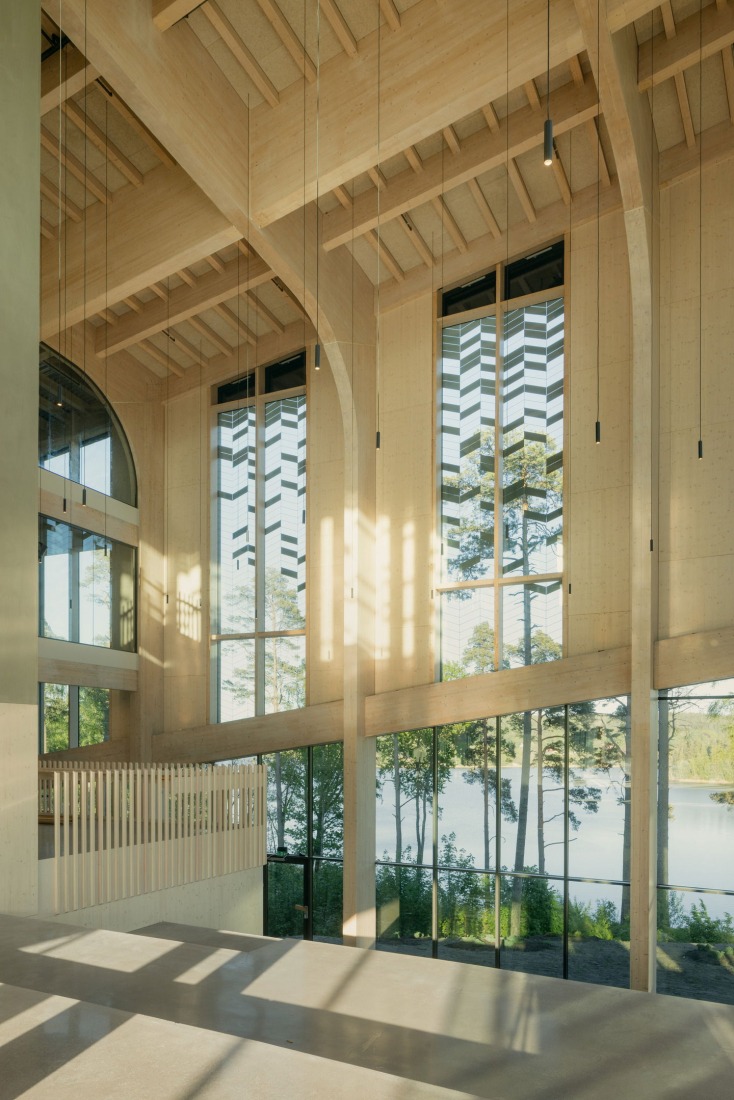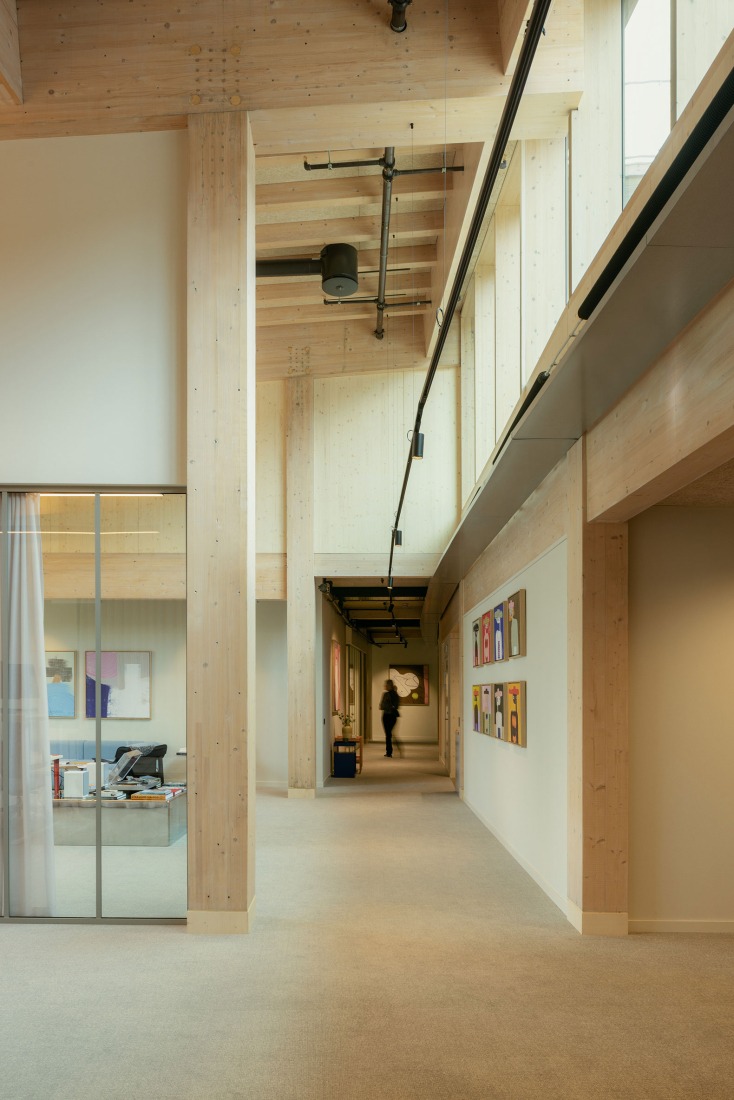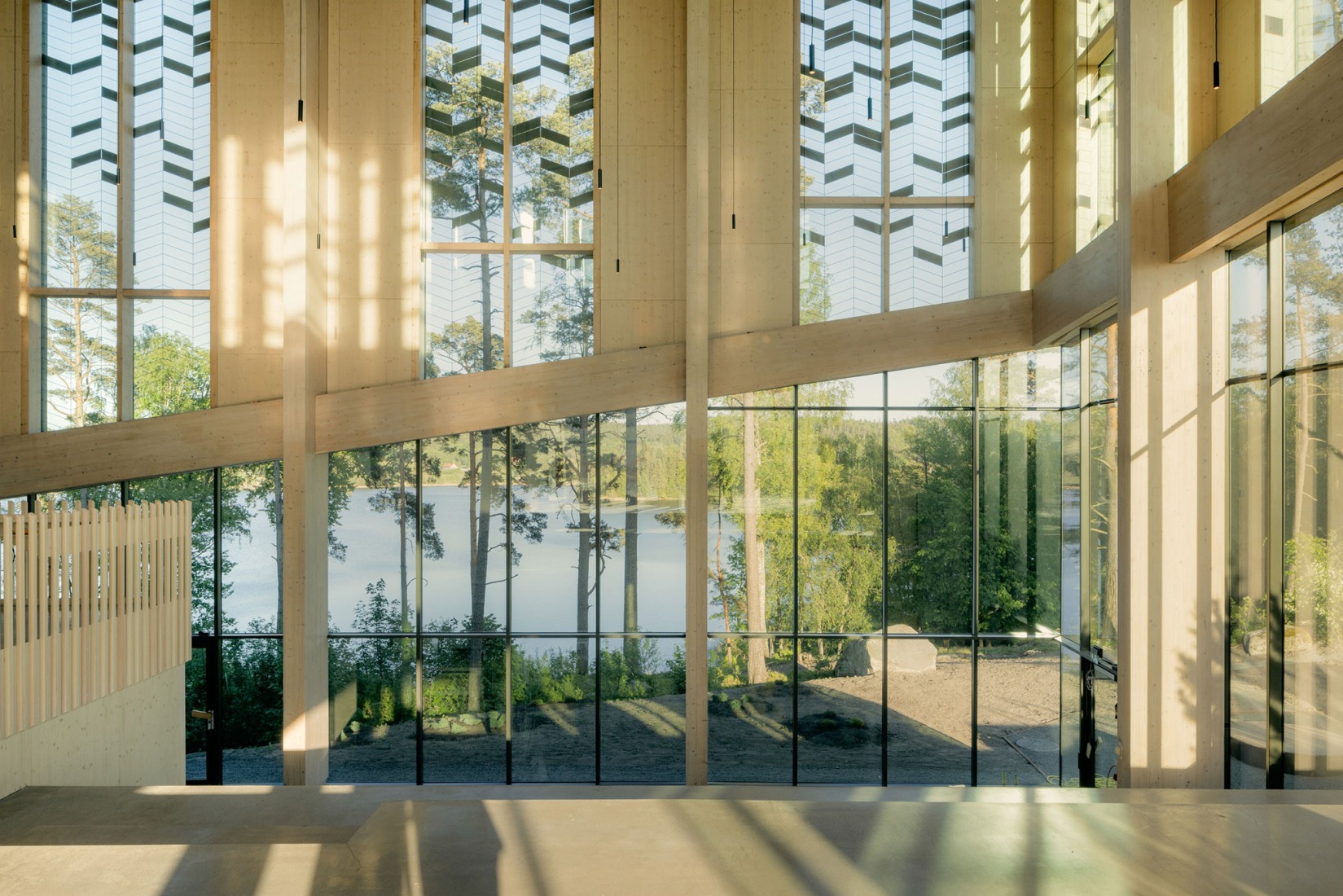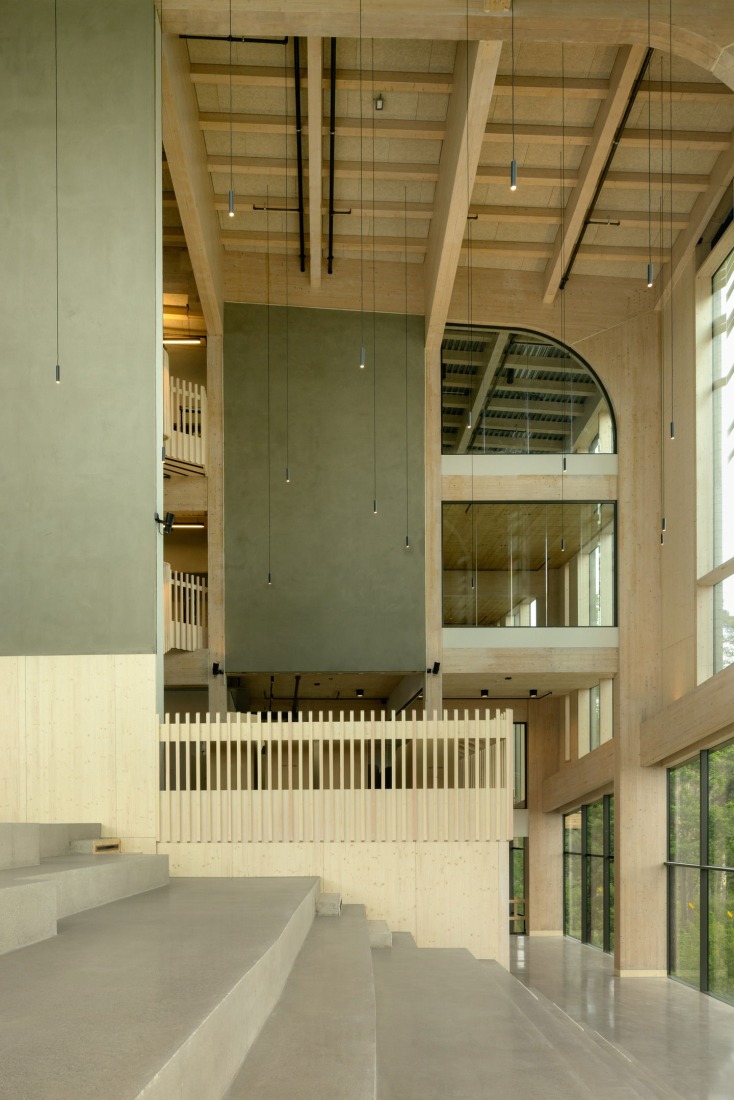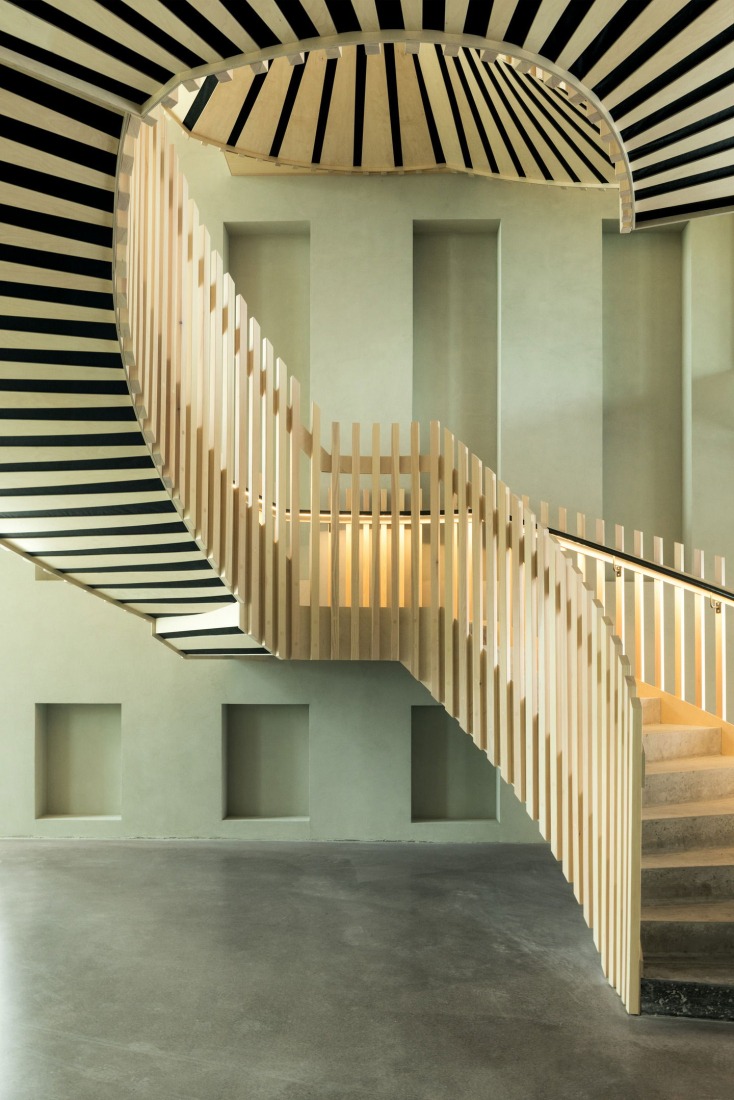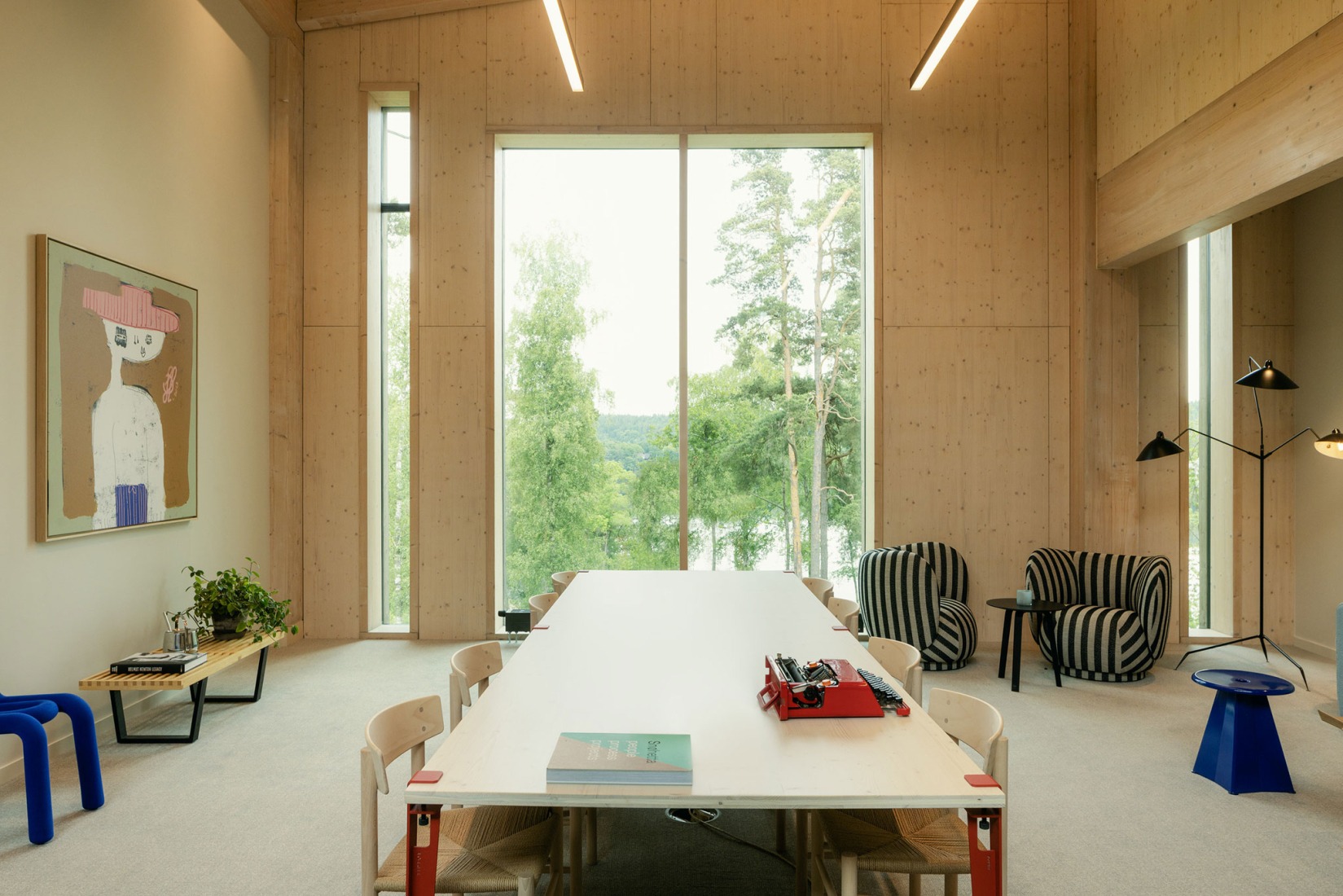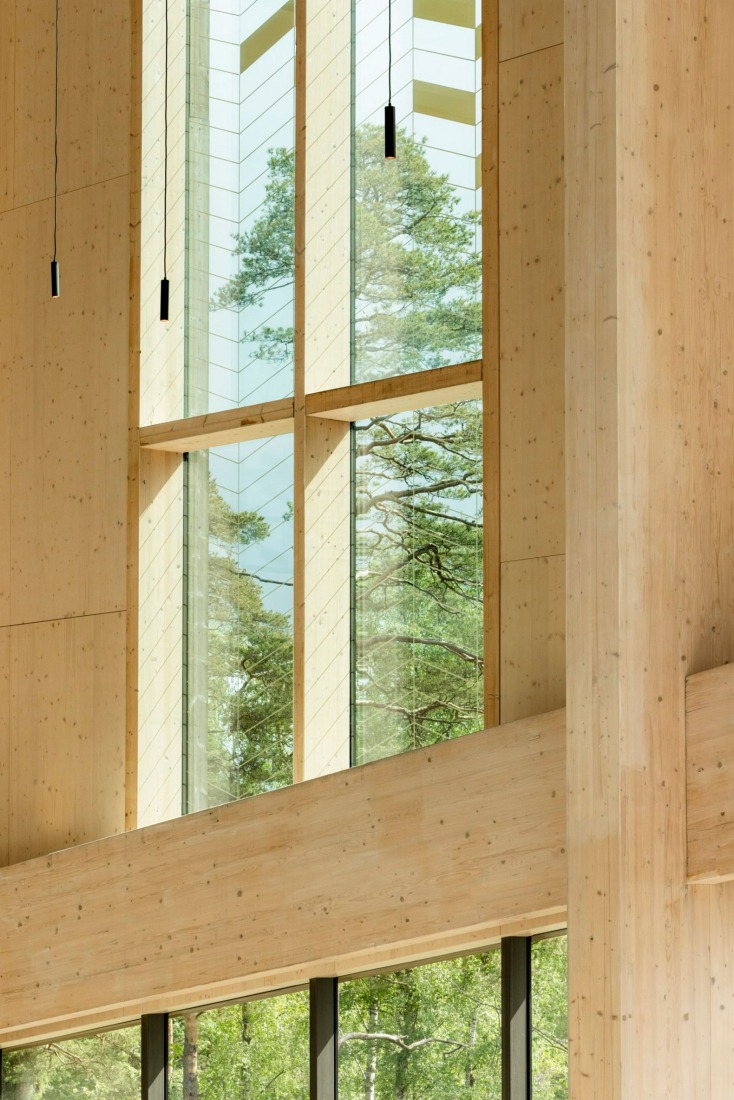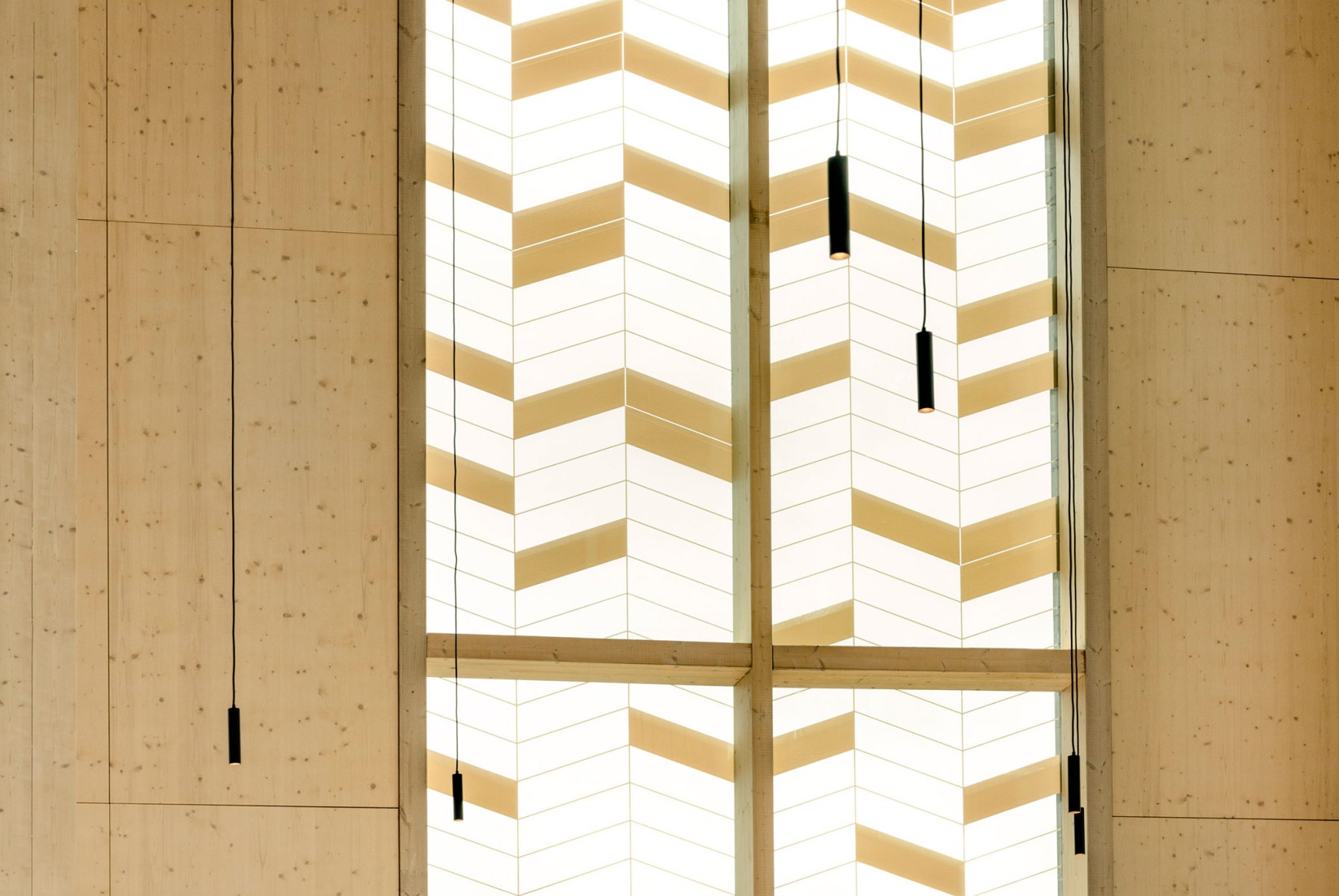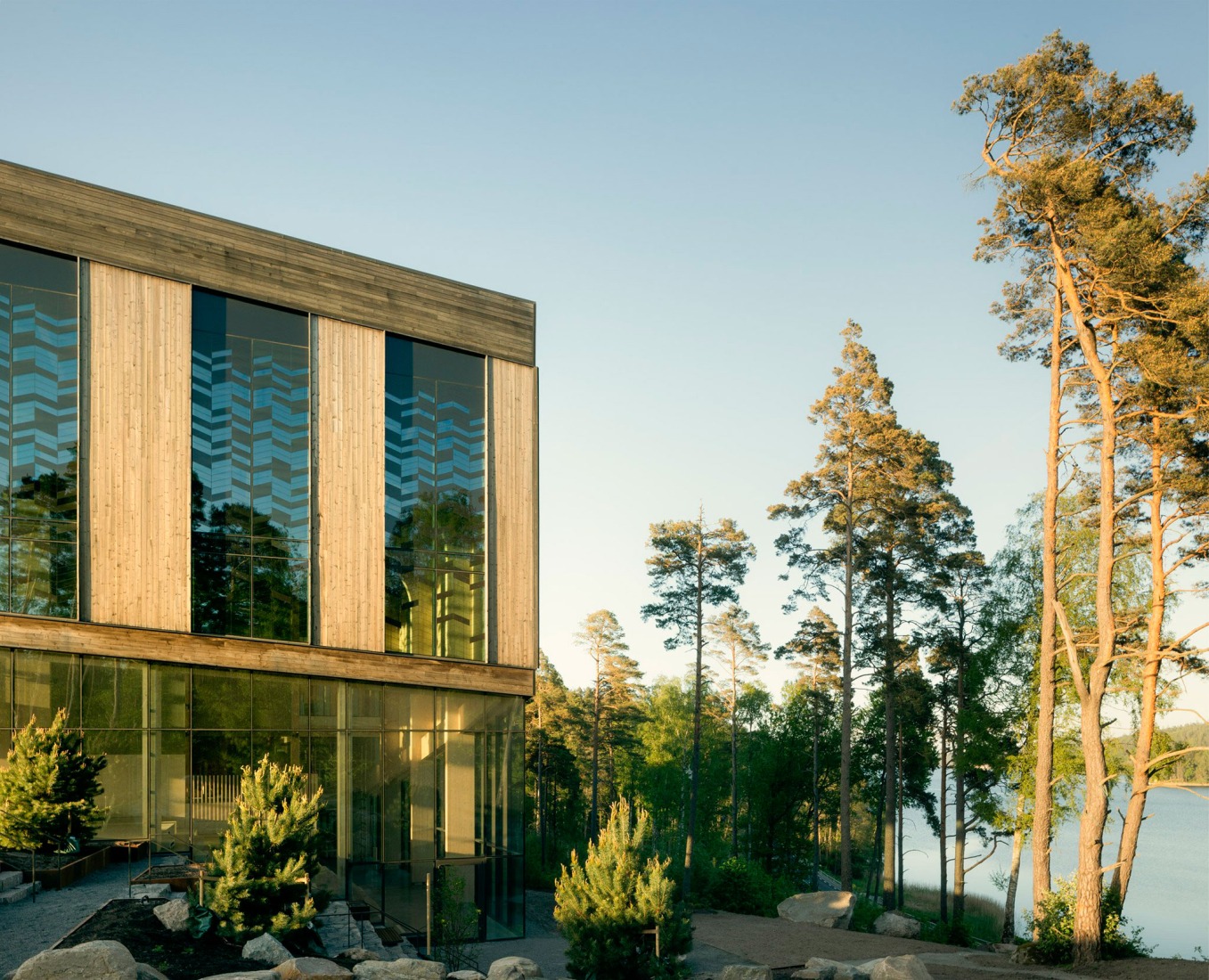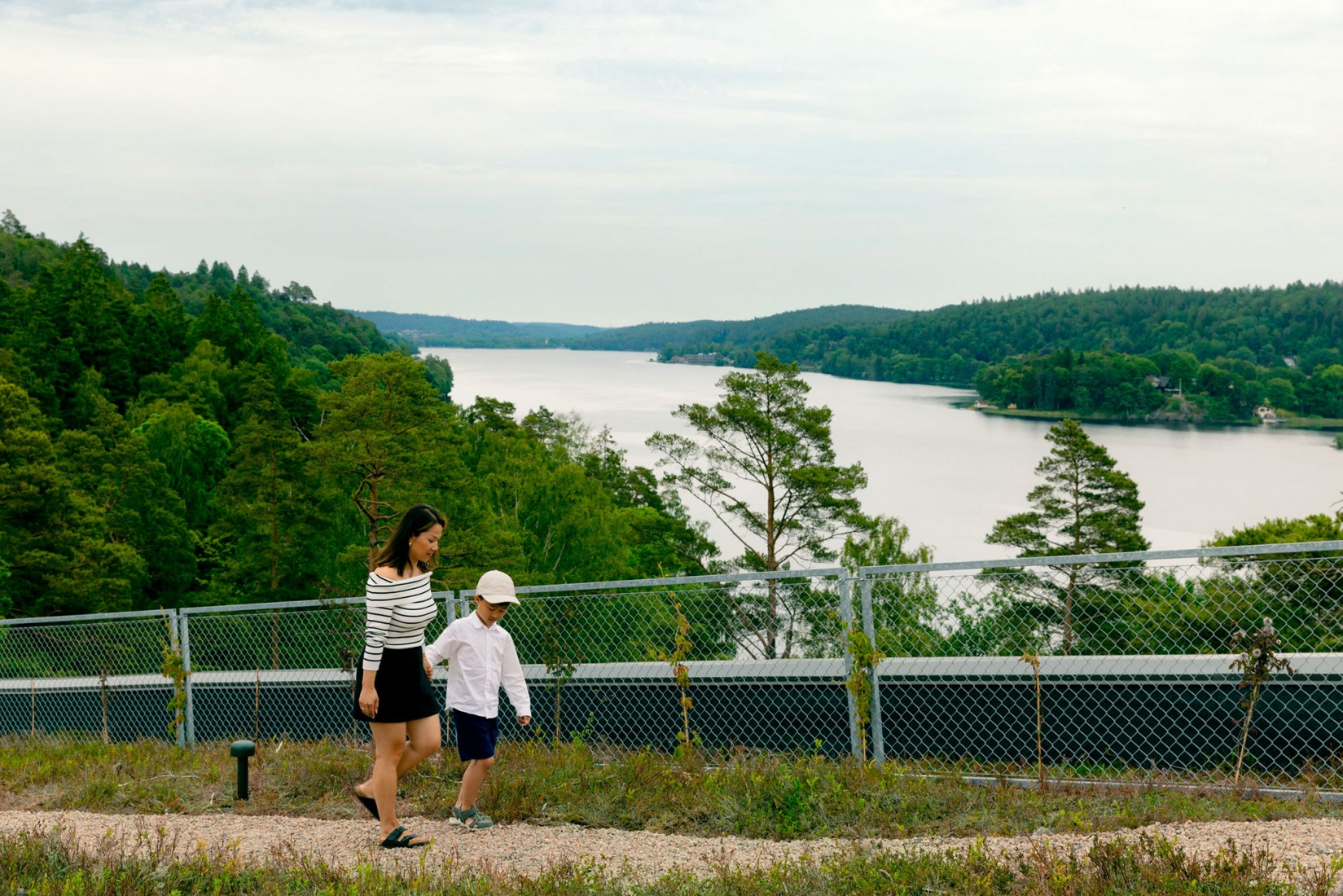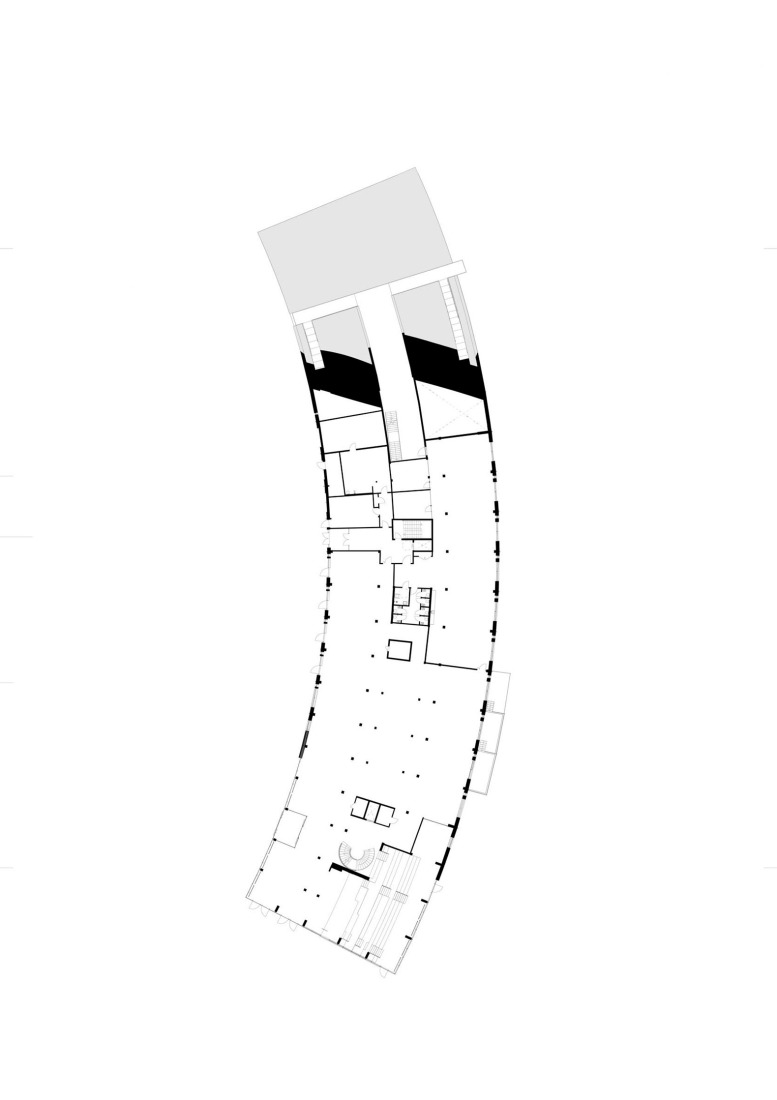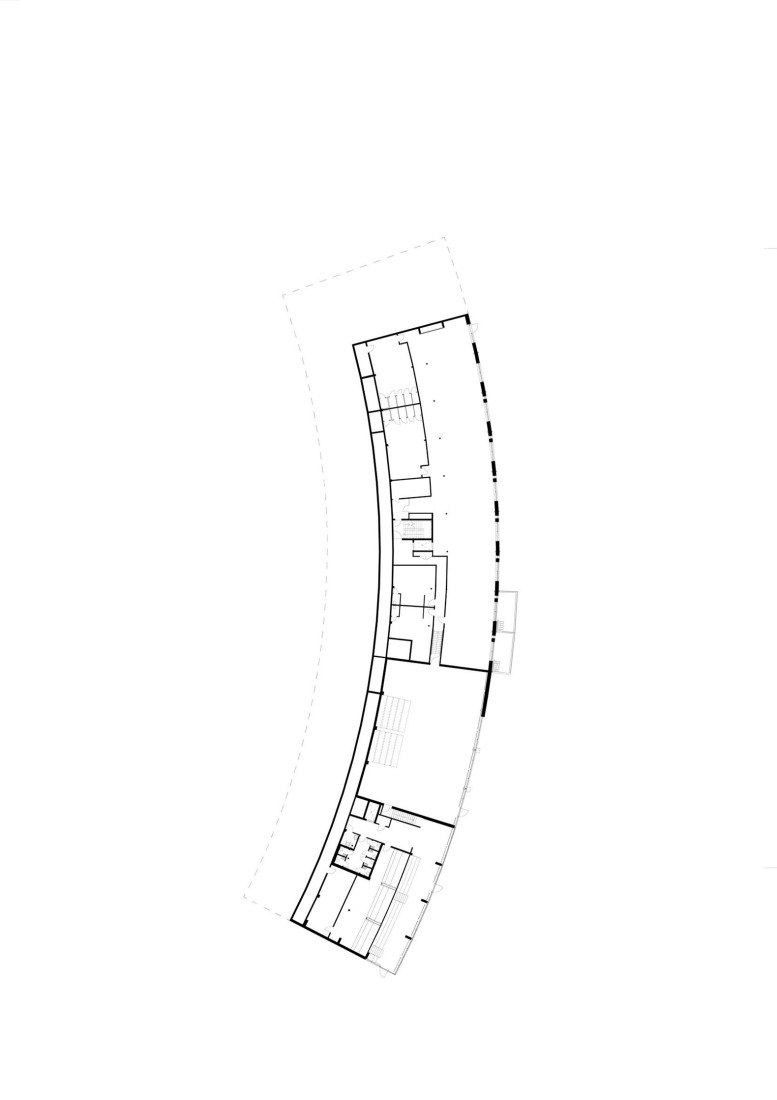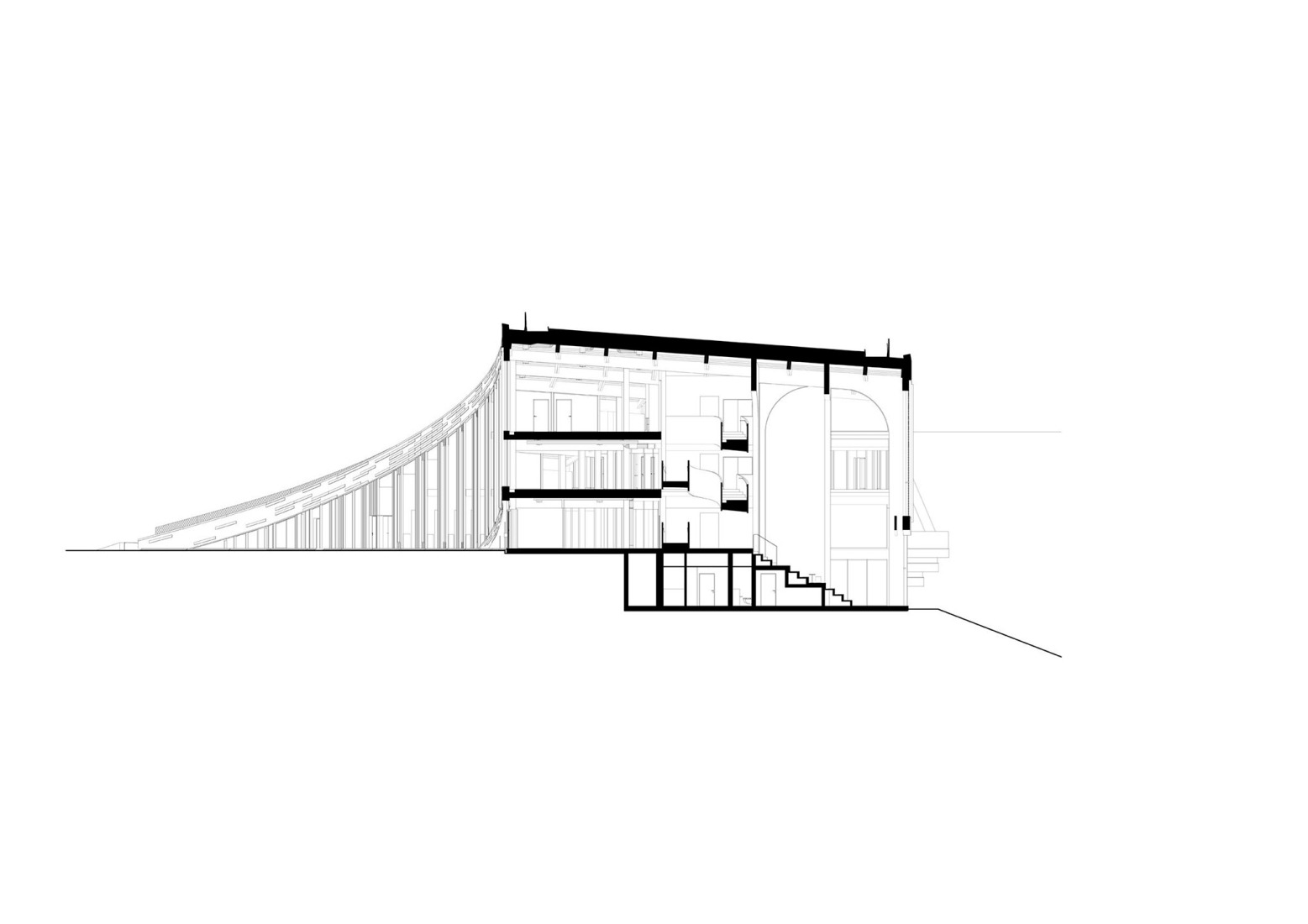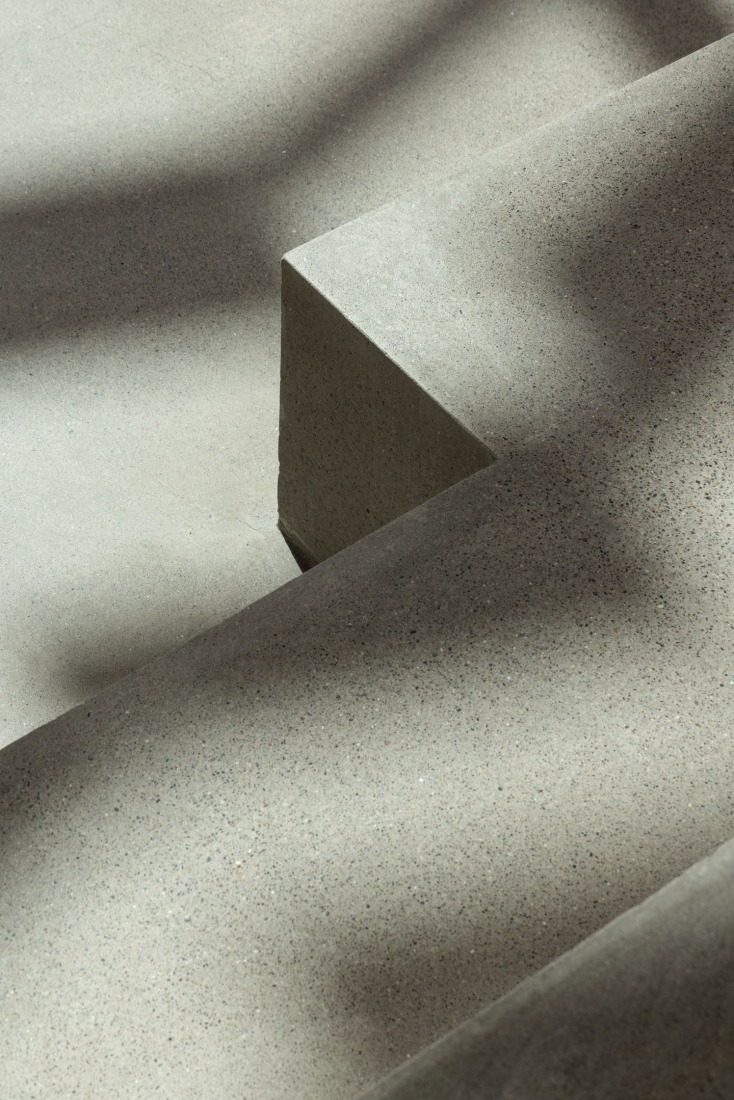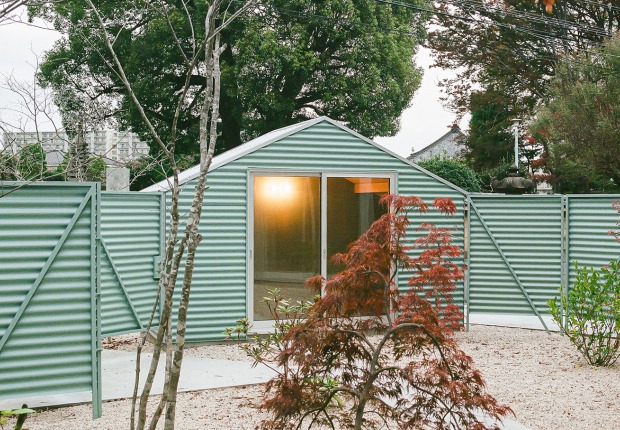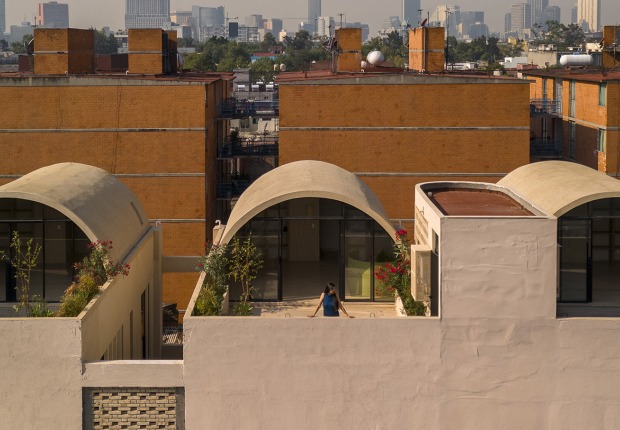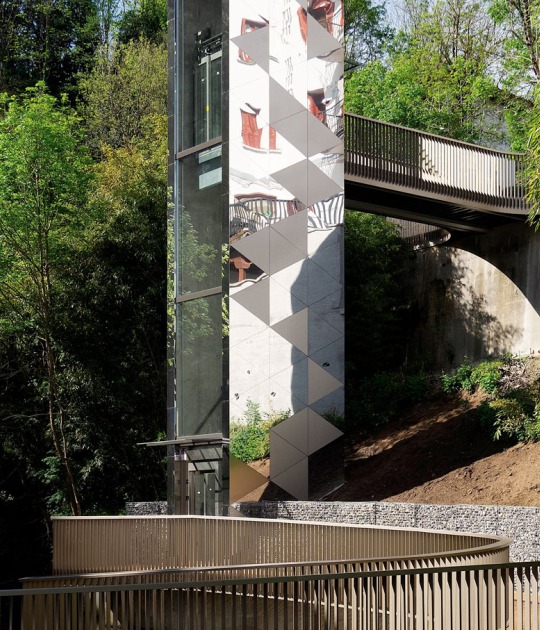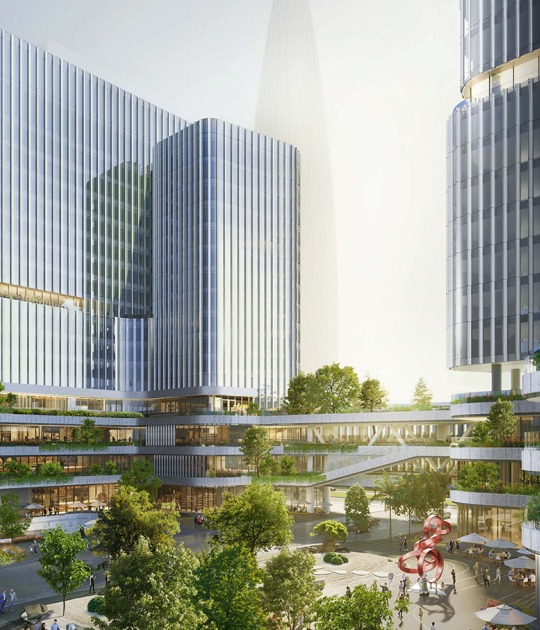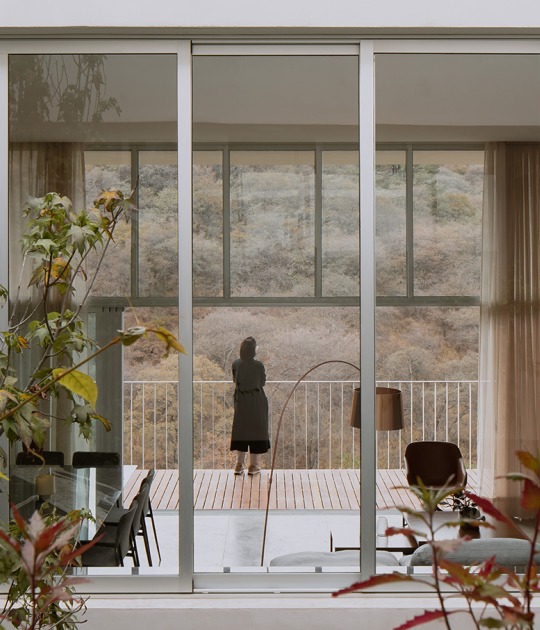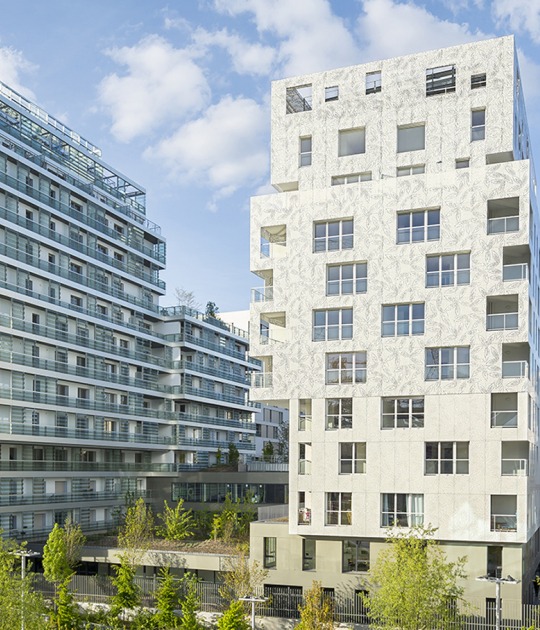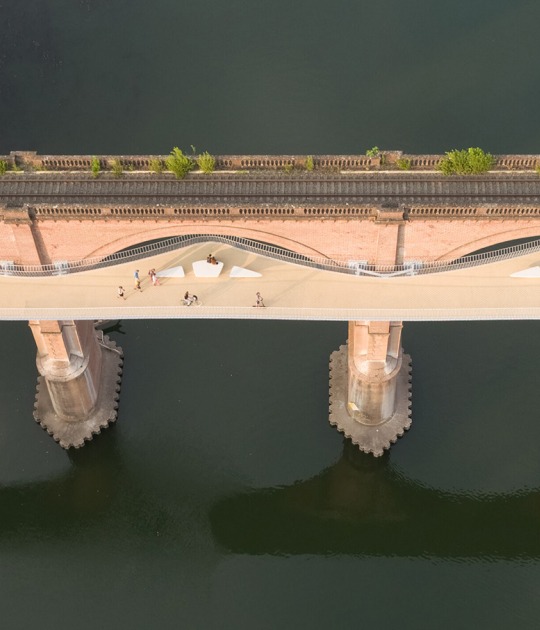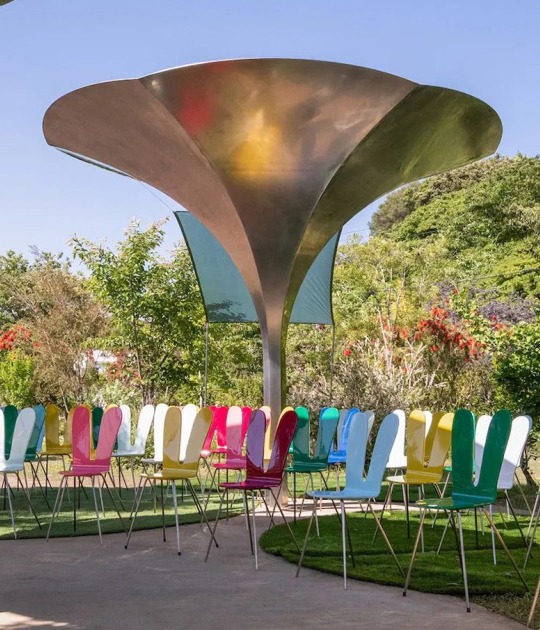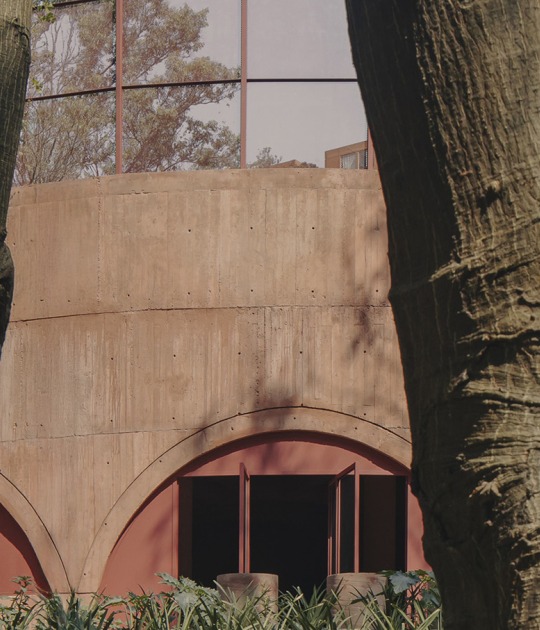
The building, designed by Snøhetta, is conceived as an elongated structure integrated into the landscape and was completed prior to the launch of the 1,000 surrounding homes. Its program includes offices, a gym, and restaurants, and functions as a collective space that stimulates social cohesion, encouraging residents to meet, develop, and strengthen their ties and sense of belonging.
The proposal promotes a nature-centered lifestyle, including pedestrian and cycle paths, along with good public transport connections and shared services such as shared electric vehicles. In this way, "Lakehouse Wendelstrand" serves as a meeting and connection point, linking nature and culture, enabling residents to work, relax, rent event spaces, and enjoy gastronomy and fitness. "Lakehouse Wendelstrand" is designed to invite people to come in and enjoy.
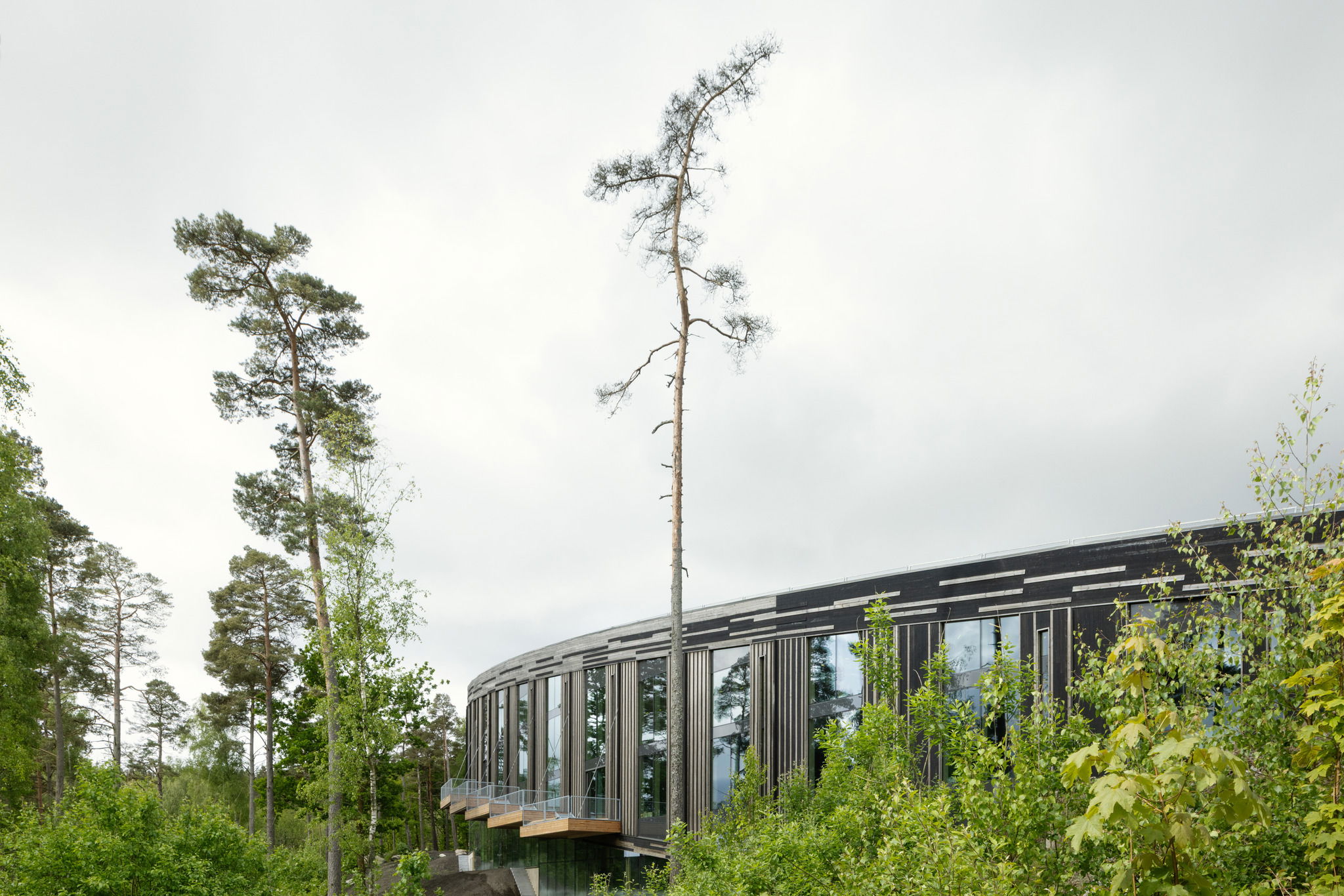
Lakehouse Wendelstrand by Snøhetta. Photograph by Kalle Sanner / Snøhetta.
Project description by Snøhetta
How do you create a community and prevent a new residential area from becoming just another commuter town?
In the new Wendelstrand district outside Mölnlycke, Sweden, the development has broken away from the conventional path. A large and innovative community building was completed even before the sales launch of the 1,000 homes that will surround it. The Lakehouse includes office spaces, a fitness center, and dining venues, serving as a shared arena where residents can meet, thrive, and strengthen social bonds and a sense of belonging.
From an old quarry to a a new residential area
Wendelstrand is a former quarry surrounded by forest, water, and large open spaces. Here, one can live green and rurally with immediate access to exercise, workplaces, relaxation, and culinary experiences while still being within reach of Gothenburg and all the city has to offer. The homes will be nestled in generous green areas with opportunities for mushroom picking, forest walks, and morning swims in Lake Landvetter.

The area is designed for a lifestyle centered around nature, with pedestrian- and bicycle-friendly environments, good public transport connections, and shared services like electric carpools. The development emphasizes conscious material choices, energy-efficient solutions, and thoughtful planning to minimize the climate footprint. It also aims to create a place where people live and work, meet, and enjoy life together.
Snøhetta has been involved in the transformation from quarry to a regenerative neighborhood since 2017. From the ambitious concept of healing a scar in the ground and restoring nature to the landscape, the project has evolved into a green residential area with an extensive park network of walking paths and roads, culminating in the rooftop landscape of the Lakehouse.
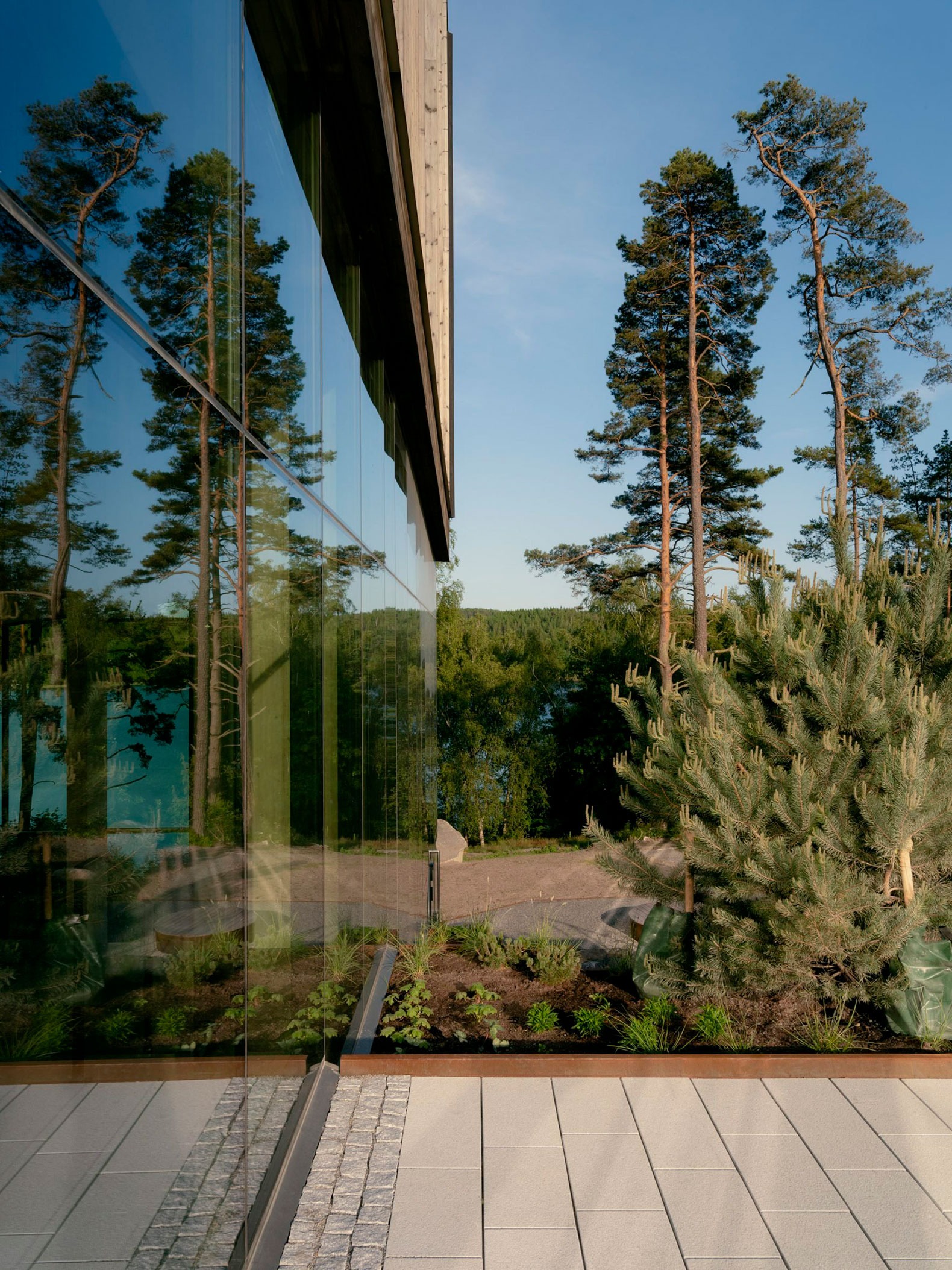
Designed to invite people in, onto, and around
The building serves as a gathering place that connects nature and culture, where residents can work side by side or simply relax, rent spaces for events large or small, and enjoy food and fitness offerings. The Lakehouse is designed to invite people in, onto, and around it.
The elongated structure rises like a spine in the landscape, creating a seamless transition between the existing and the new, indoors and outdoors, and private and shared spaces. Both the form and materials are inspired by the site's past as a quarry and the natural terrain structures.
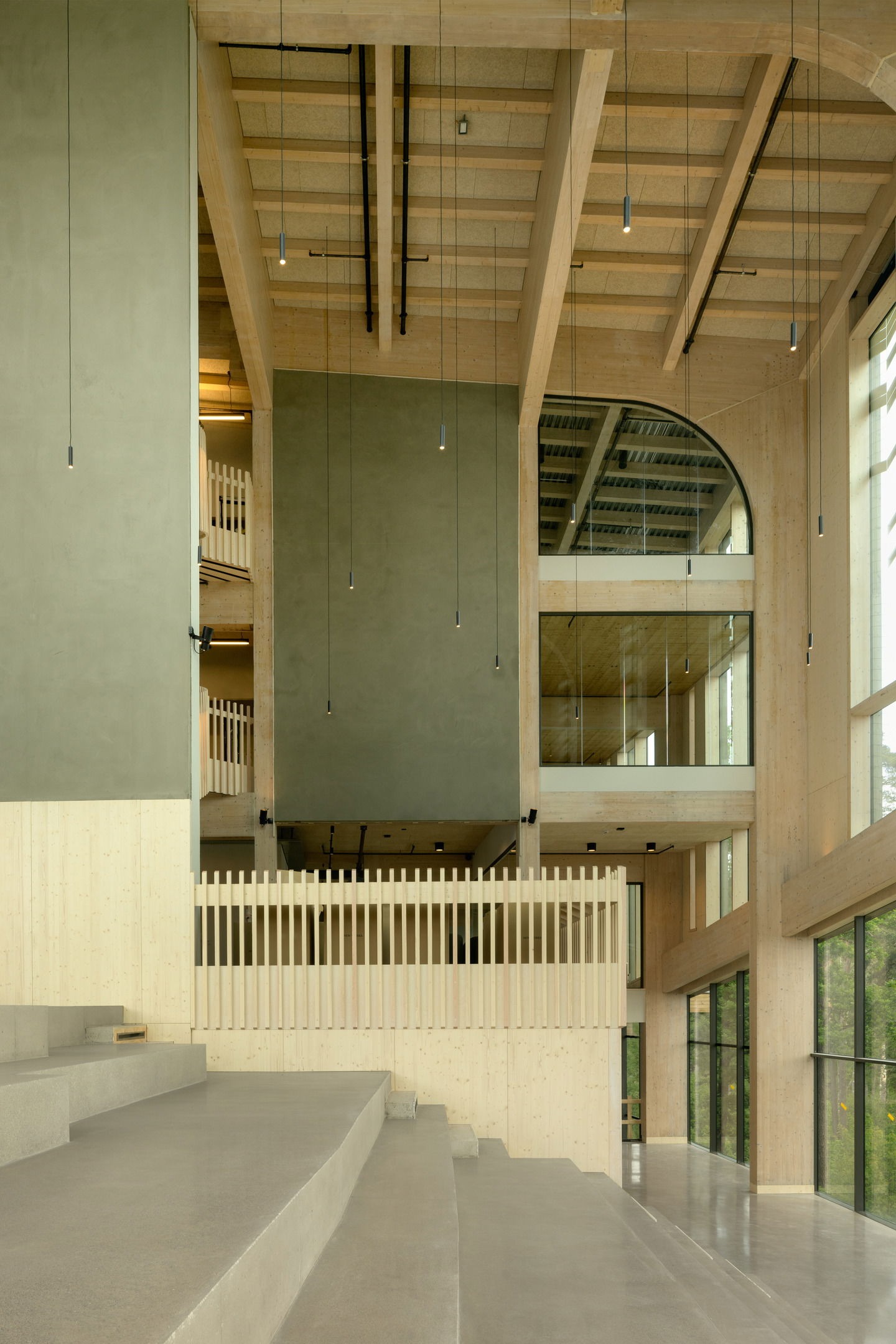
A vertical space that draws in light and connects the interior volumes
The two lower floors are rooted in the world of stone, embedded in and resting atop the bedrock. Here, concrete and stone floors dominate, grounding the structure in its natural surroundings. At the building’s tallest point, a central open atrium rises through all levels, creating a dramatic vertical space that draws in light and connects the interior volumes. This generous, multi-purpose area is designed to host concerts, performances, or simply offer a welcoming spot for conversation and relaxation. It can also be rented for private events. The seating continues outdoors into an open-air amphitheater overlooking the lake, highlighting the seamless intersection of nature and development.
The top floors draw inspiration from the surrounding trees, with glulam and laminated timber structures made from Swedish and Norwegian pine and spruce, that also form the visible interior surfaces. The entire structure is framed by large glass panels with strategically placed patterns, an artistic embellishment, that create a play of light reminiscent of sunlight through treetops, while also minimizing heat load and the need for sunshading.
Lakehouse Wendelstrand by Snøhetta. Photograph by Kalle Sanner / Snøhetta.
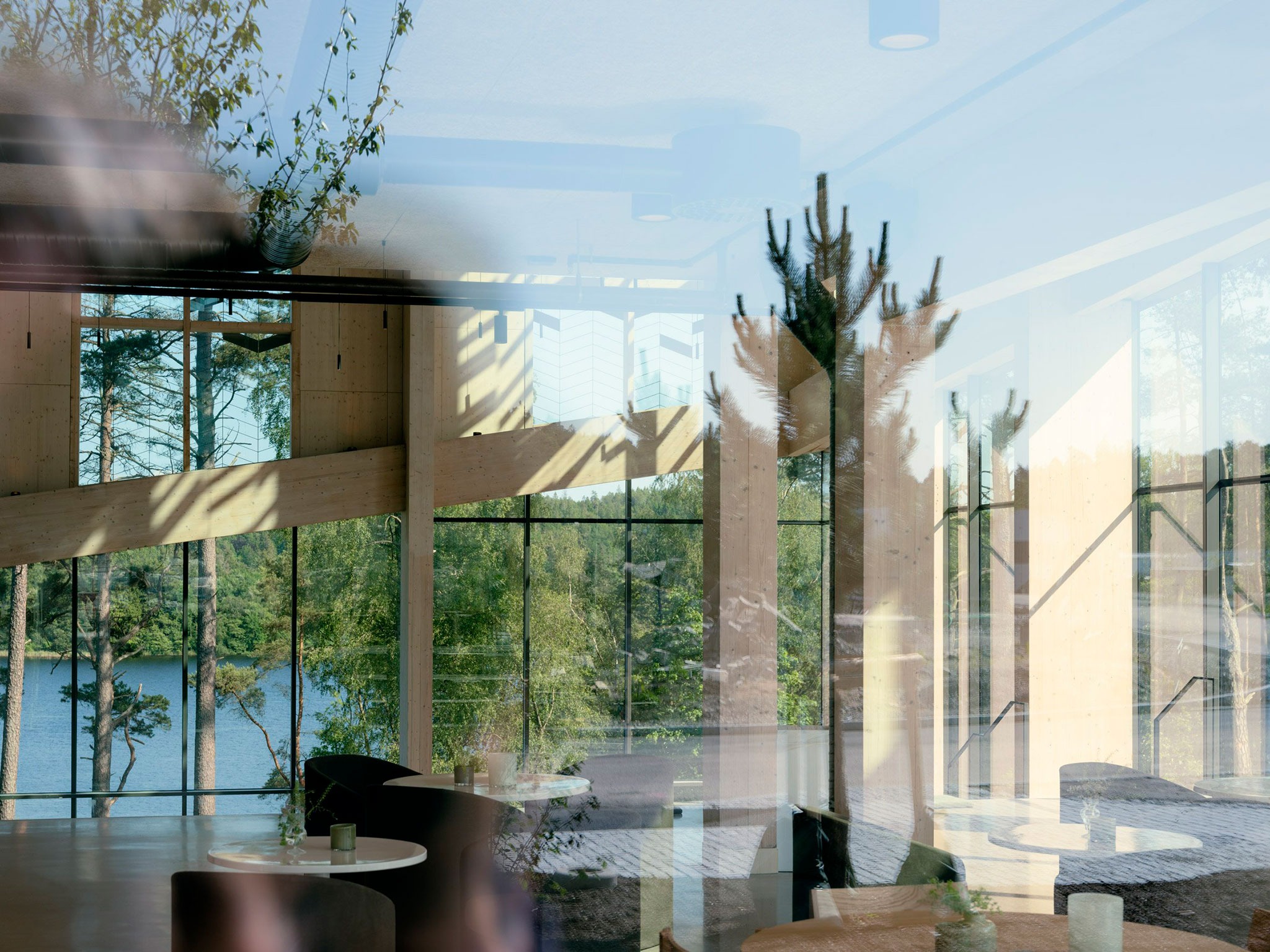
The top of the building mimics treetops, with open rooftop gardens, terraces, and walkways. The roof is covered with forest floor mats consisting of moss, heather, blueberries, grass, wildflowers, and other native plants. This helps delay water runoff, reduces the risk of overheating, and fosters biodiversity—while also being an attraction in itself.

